JobLink had an outdated and bloated system based on XLS sheets and email communication. The system was not reliable and requested a lot of human resources to keep it in a working condition. A lot of human error also persisted and constant moderation was required. The client wanted a modern and automated system instead of the old one to keep their business ahead of the curve.
Joblink
Joblink is a SaaS platform designed to connect the employer with the employee in the most convenient way. For the employer, it allows reducing the onboarding costs. For the employee, it is a stress-free way to find a job and to get paid for it.
The Problem JobLink initially had

The Solution
We made a SaaS product for JobLink, streamlining the system using the modern technology stack and implemented several apps for different user roles to make the flows as smooth as possible.
SaaS means Software as a Service delivered through the Internet. So Instead of installing and maintaining software, you simply access it via the Internet, freeing yourself from complex software and hardware management.
The software for JobLink is based on Node.JS used for the back-end and React and React Native as front-end frameworks. Which allows to access the software for all users via web and via their Android and iOS devices.
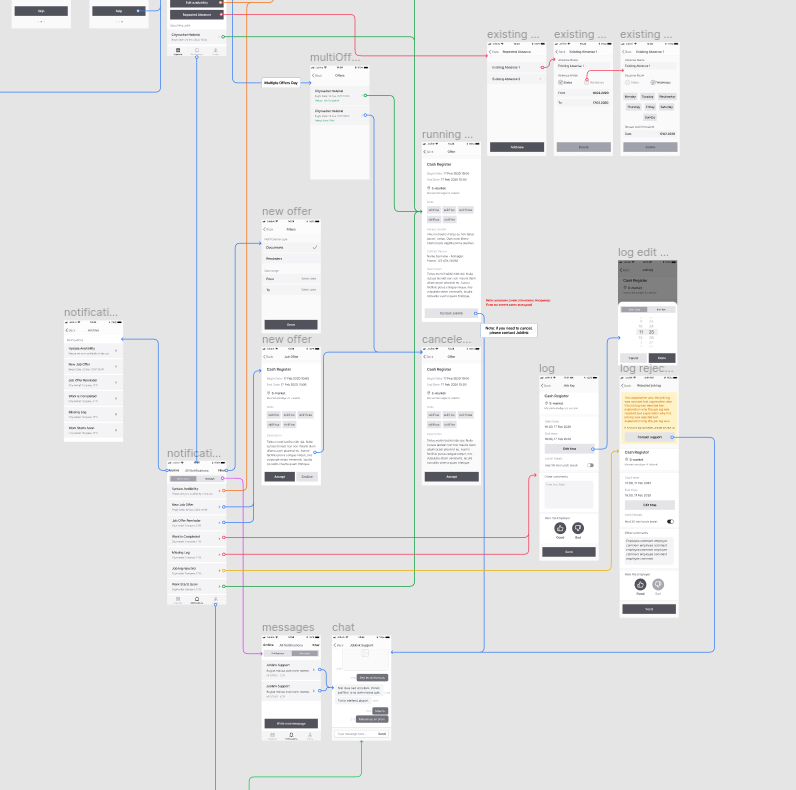
How We Did It
Firstly, we gathered all the information that was available to build a prototype.
The beginning is one of the most important parts of the process and we had to make sure that the product core and deliverables are understood correctly.
For that purpose, we conducted several interviews with the key stakeholders and people who knew the system well. We also investigated the current system and pinpointed all important data points and functions. The main focus was on getting a clear understanding of the key flow parts and making sure that they will be explained well in the future prototype.
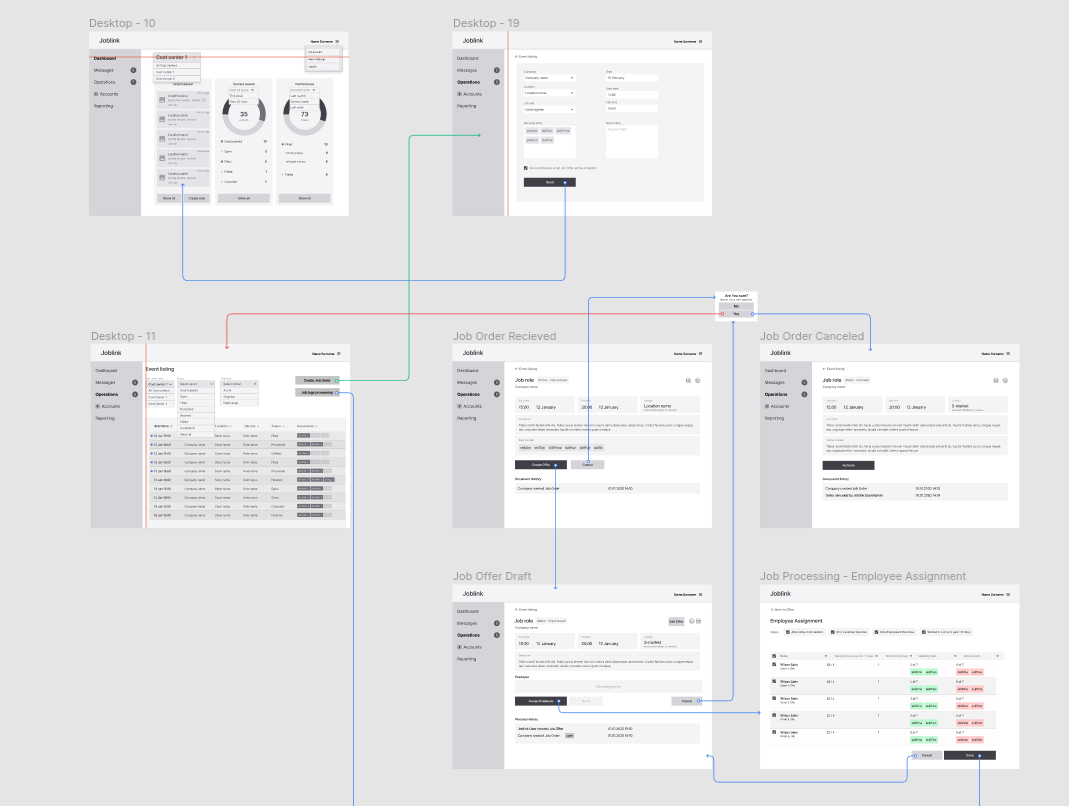
In the process of interviews, we took notes, made sketches, and made sure that the expectations of JobLink stakeholders are the same as our team’s results. The company provided us with their requirements in the form of a presentation, which was taken into the account as well.
They had several functions of the system, which were crucial to keeping and they wanted to make sure that we’ll transfer and implement them correctly.
We then did the required UX research and built the first round of wireframes to present to the client.
When we were sure that we got the concept correctly and that the end result is the same as was expected by the client, we moved to the prototyping and testing phase.
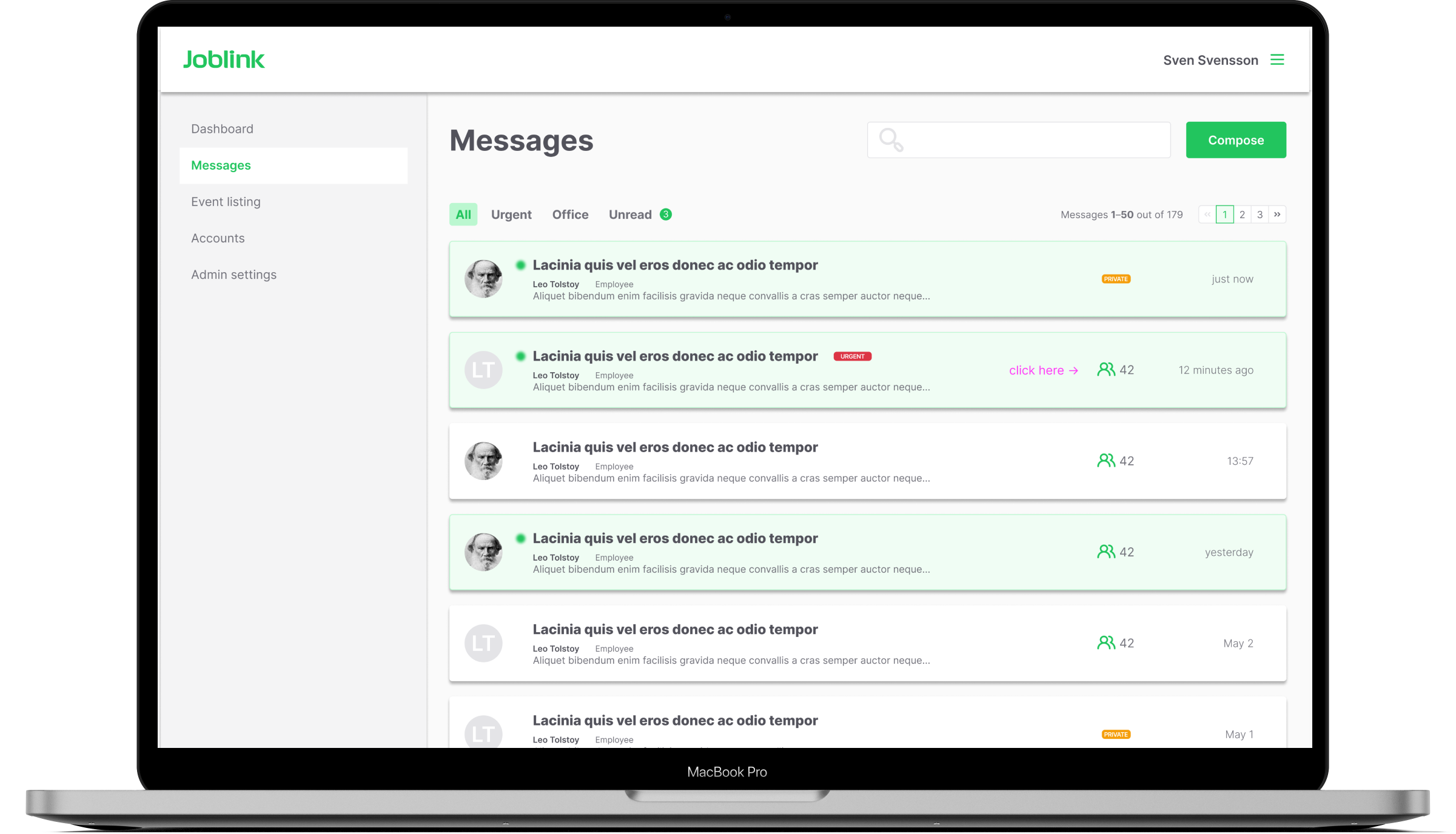
So when UI kits were fully completed, we had back-end partly done and ready for testing while React components and Screens were the next steps.
We made 2 mobile and 2 desktop applications for different roles and users of JobLink app. Since we used React and React Native, it allowed us to use the same API to connect them to the backend.
For each of the JobLink apps, we developed an extensive algorithm to test them. We did automated testing to make sure that API is bulletproof and manual testing as well to see if UI and UX need any improvements.

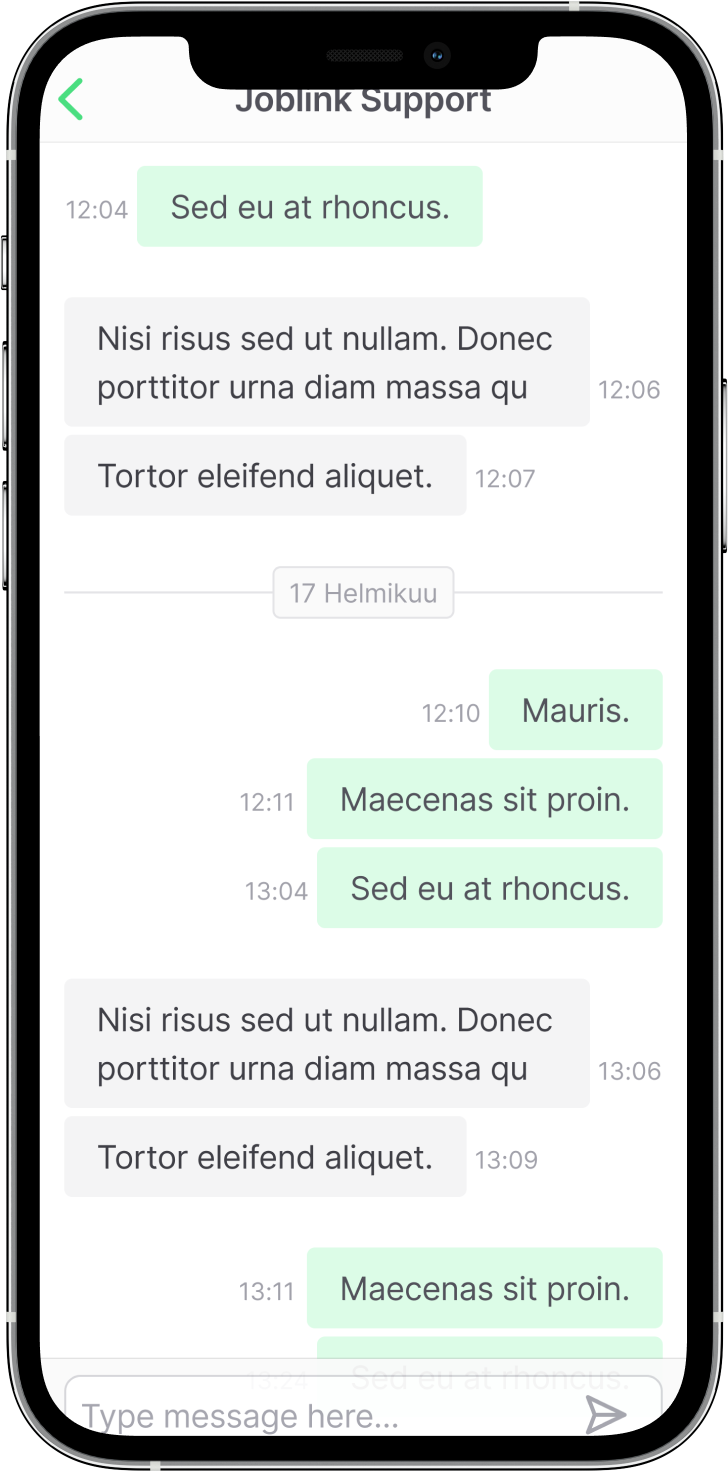
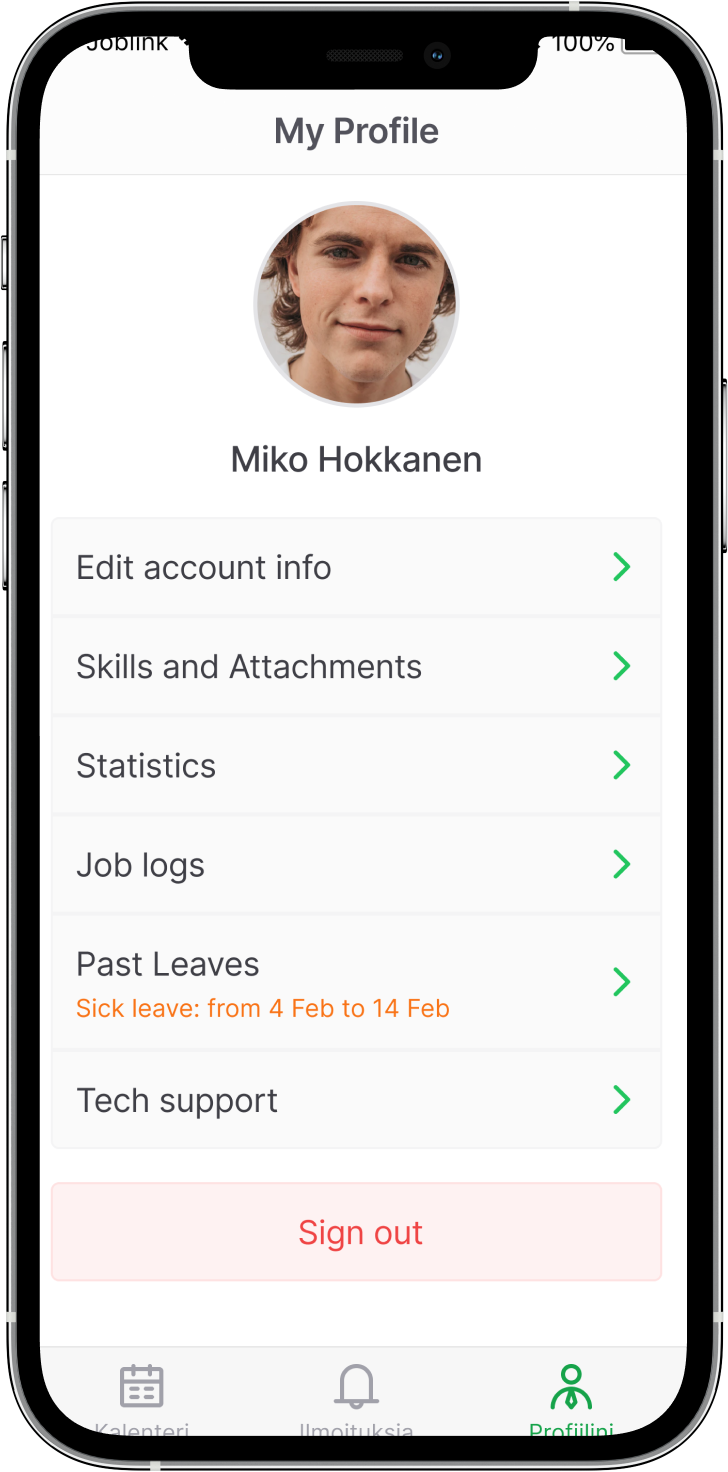
While the software was in development, the client proposed some changes in the core of the system. So we switched to agile development cycles and iterate work together with the client.
The updated launch of the software is planned for Q1 of 2023.